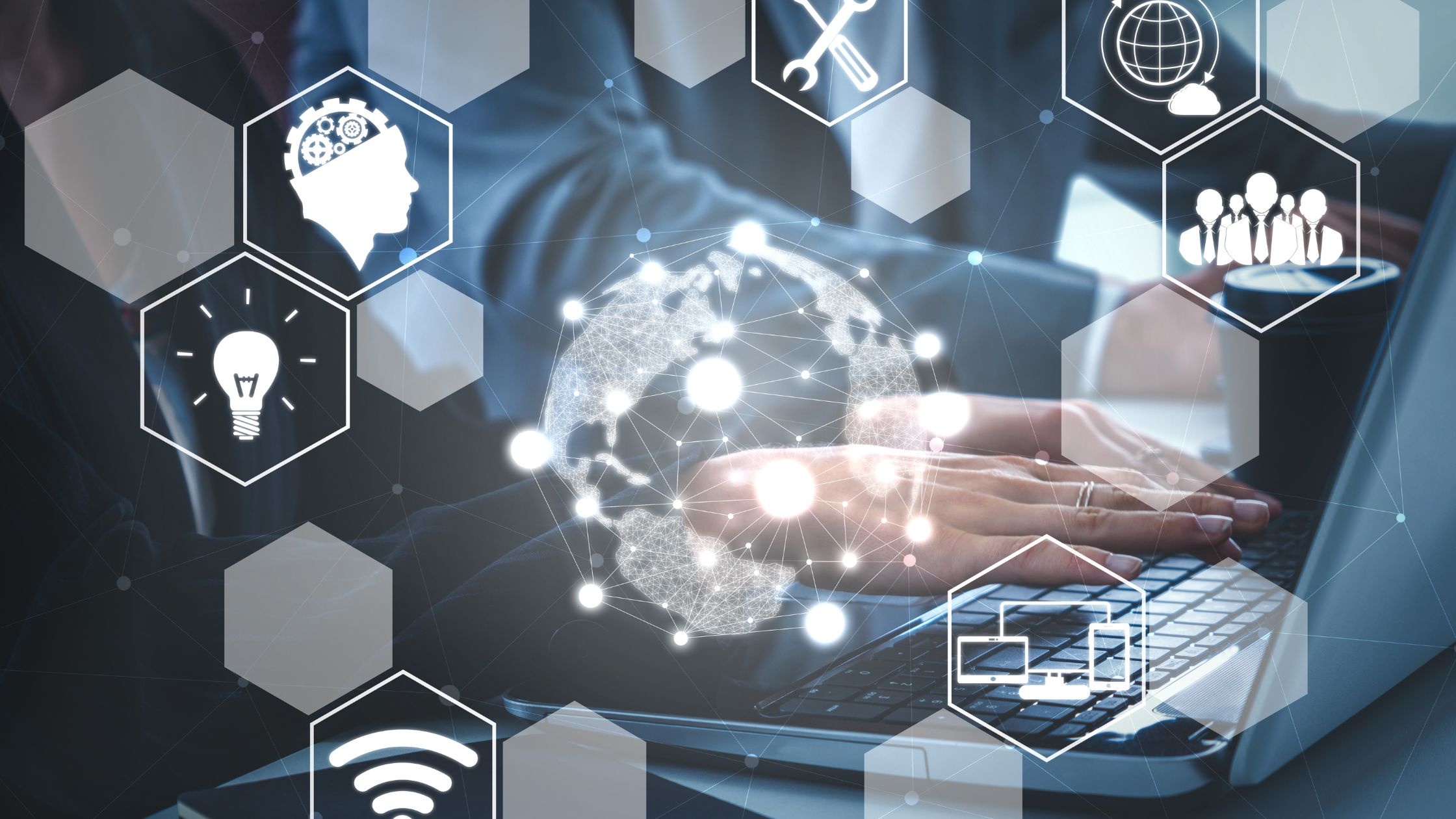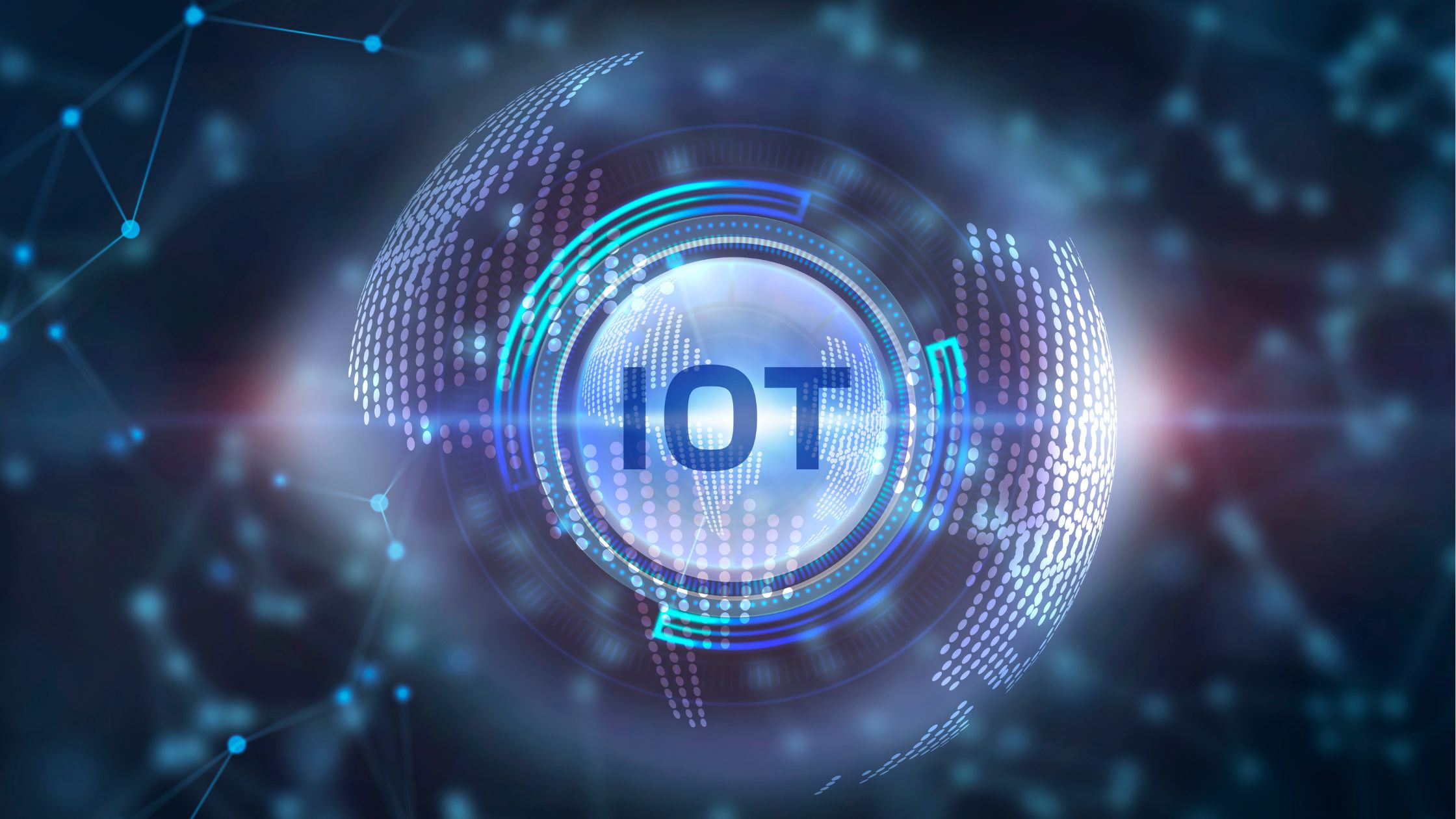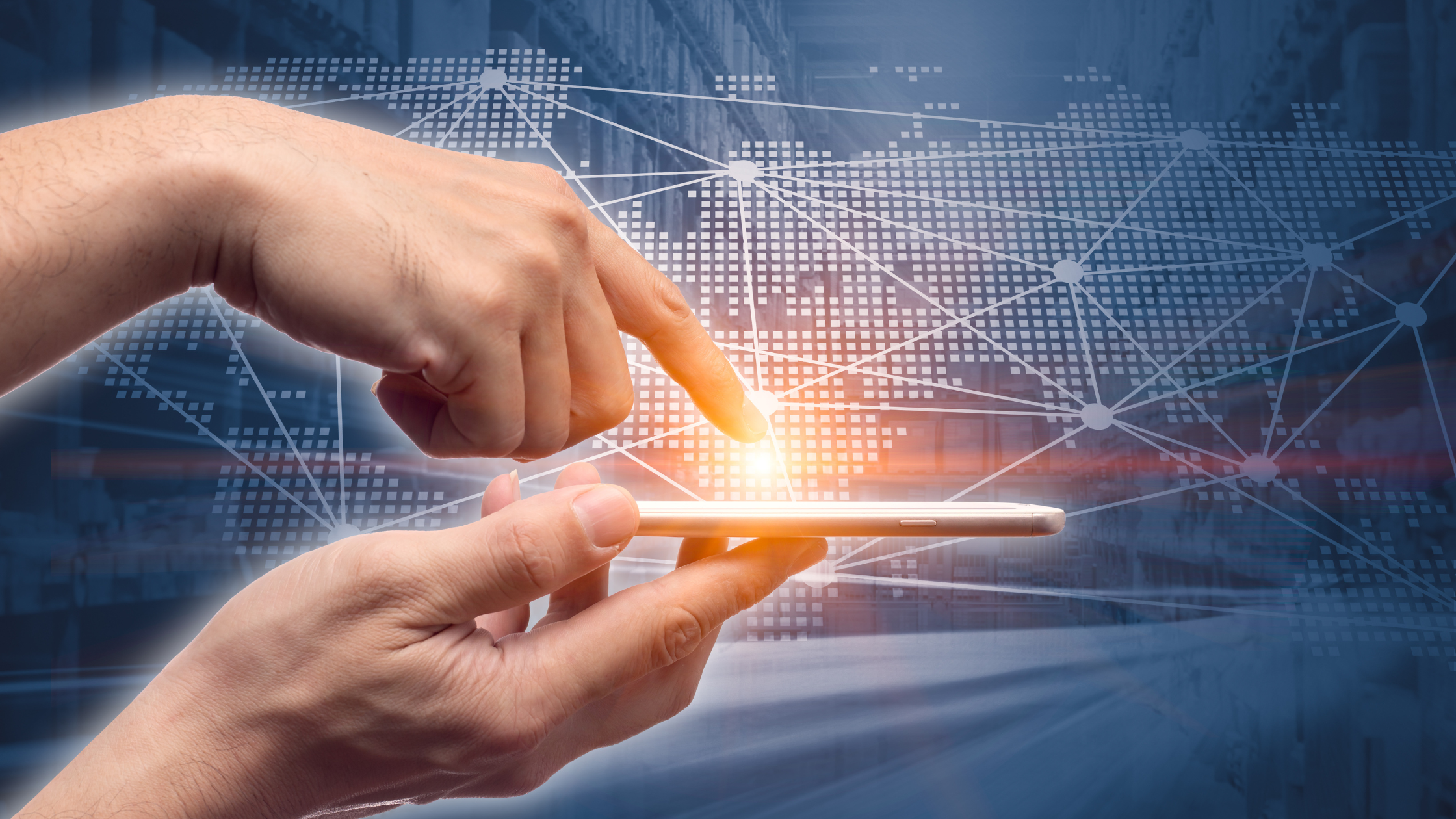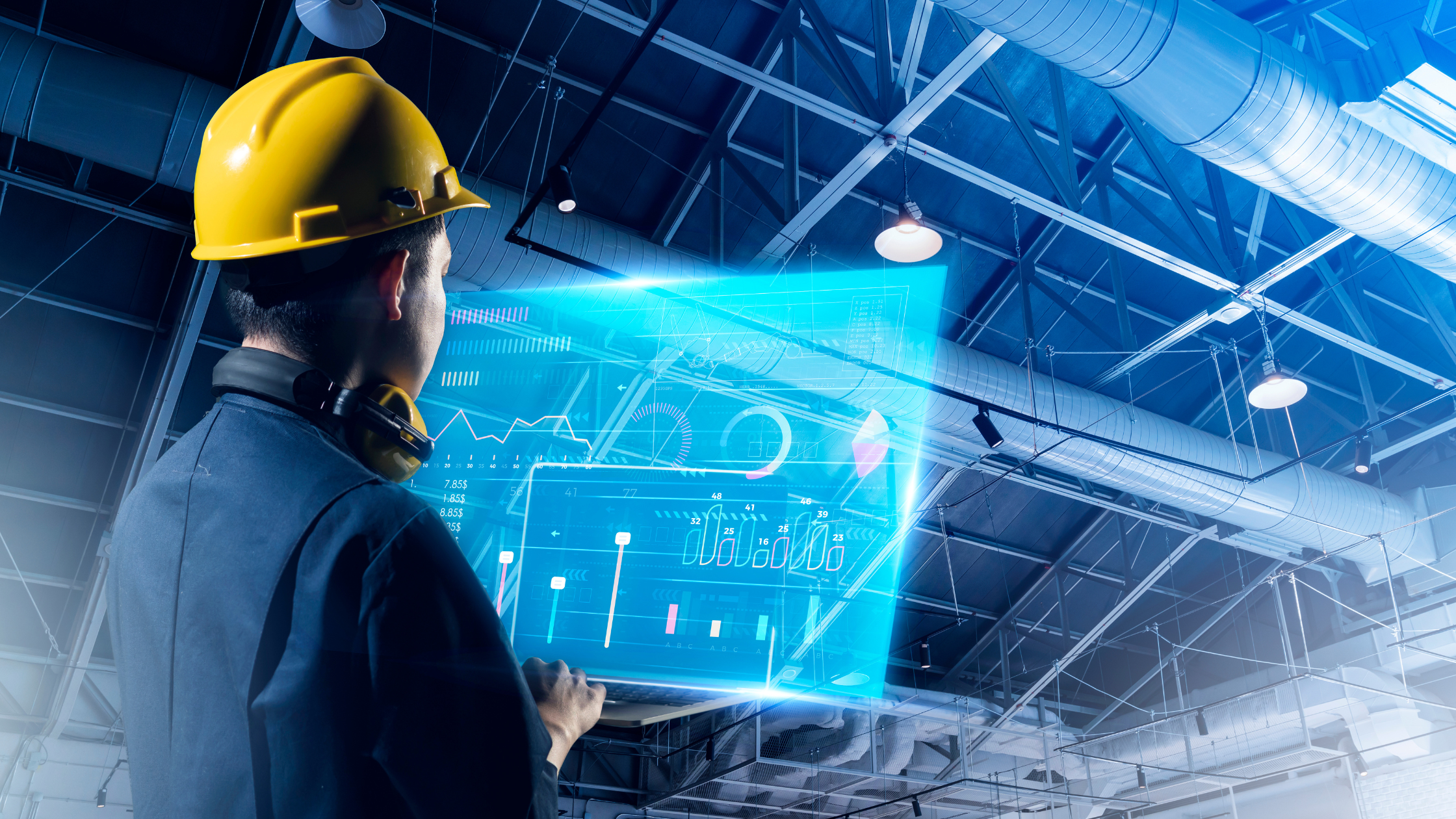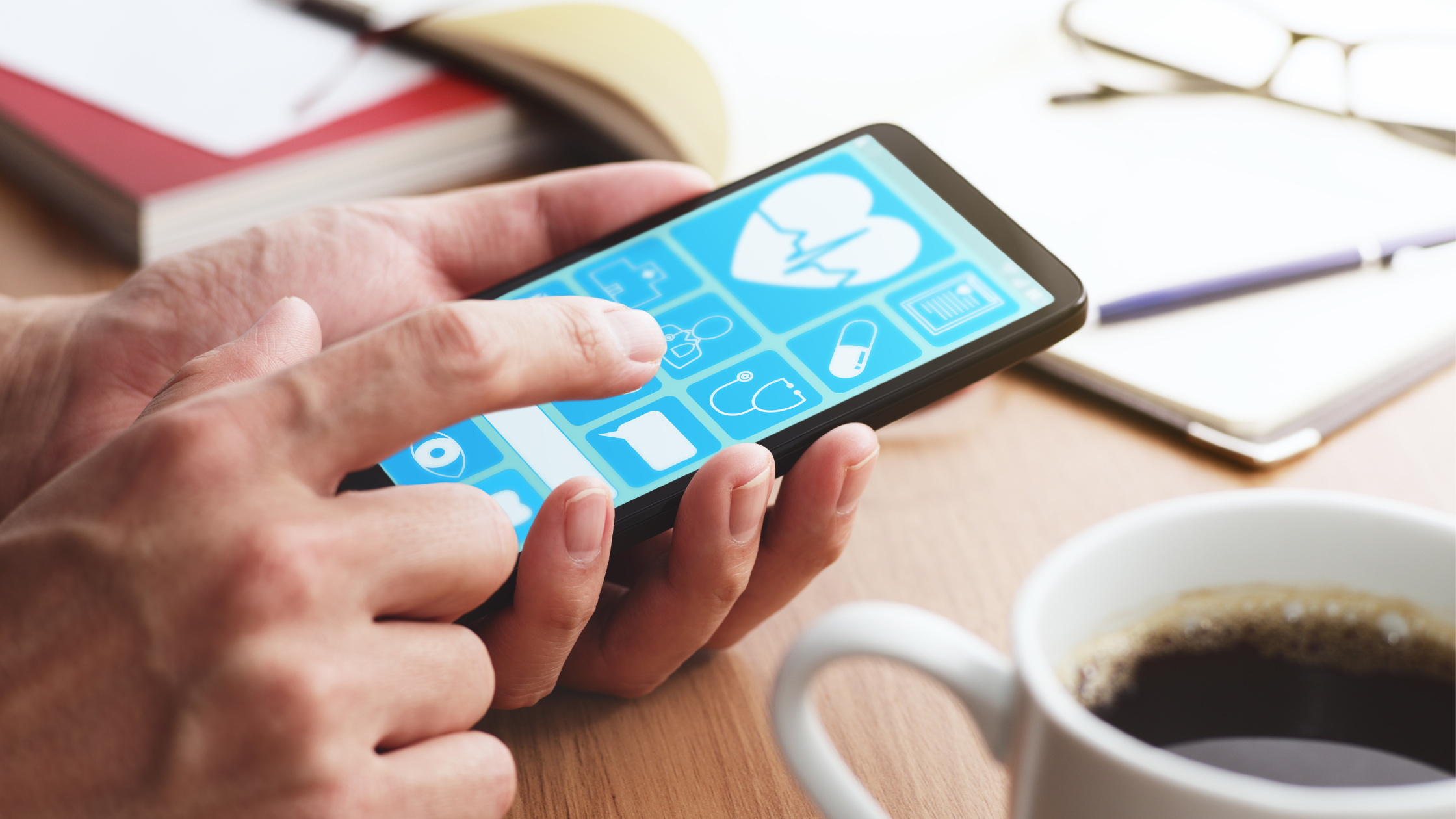The convergence of Internet of Things (IoT), Artificial Intelligence (AI), and Machine Learning (ML) has paved the way for innovative automation applications that can transform industries and enhance user experiences. This article aims to provide a comprehensive guide on how to integrate these technologies to develop powerful automation apps.
1. Understanding the Key Technologies
- IoT: IoT refers to the network of interconnected devices that can collect and exchange data. These devices include sensors, actuators, wearables, and more.
- AI: Artificial Intelligence involves the simulation of human intelligence processes by machines, including tasks such as learning, reasoning, and problem-solving.
- ML: Machine Learning is a subset of AI that enables systems to learn from data and improve their performance over time without explicit programming.
2. Ideation and Conceptualization
- Identify Use Cases: Define the specific use cases where IoT, AI, and ML can be applied to automate tasks, improve efficiency, or enhance user experiences. For instance, smart home automation, industrial process optimization, or predictive maintenance.
- Brainstorm Automation Scenarios: Envision how the integration of these technologies can streamline processes, reduce human intervention, and make decisions based on real-time data.
3. Data Collection and Integration
- IoT Device Selection: Choose appropriate IoT devices and sensors based on the requirements of your application. These devices will collect data from the physical world.
- Data Collection and Storage: Set up mechanisms to collect data from IoT devices and store it securely in databases or cloud platforms.
- Data Preprocessing: Prepare and clean the collected data for ML algorithms. This step involves handling missing values, noise reduction, and data normalization.
4. Implementing AI and ML
- Algorithm Selection: Choose suitable AI and ML algorithms based on your application’s requirements. For instance, classification, regression, clustering, or deep learning algorithms.
- Model Training: Train the chosen models using historical data. This step allows the models to learn patterns and relationships within the data.
- Real-time Data Processing: Implement mechanisms to process real-time data collected from IoT devices using the trained models. This enables automated decision-making based on current conditions.
5. Integration and Development
- APIs and Frameworks: Utilize APIs and frameworks that facilitate the integration of IoT, AI, and ML components into your automation app.
- Cloud Services: Leverage cloud platforms for scalability, data storage, and computing resources.
- User Interface: Develop an intuitive user interface that allows users to interact with the automation app, view real-time data, and monitor automated processes.
6. Testing and Optimization
- Data Validation: Ensure the accuracy and reliability of the data collected from IoT devices.
- Model Evaluation: Evaluate the performance of AI and ML models using appropriate metrics and fine-tune them if necessary.
- User Testing: Conduct user testing to gather feedback on the app’s usability and functionality.
7. Security and Privacy
- Data Security: Implement robust security measures to protect the data collected from IoT devices and ensure secure communication between devices and the app.
- Privacy Considerations: Address user privacy concerns by providing transparency on data collection and usage.
8. Continuous Improvement
- Feedback Loop: Incorporate feedback from users and monitor the app’s performance to identify areas for improvement.
- Model Retraining: Continuously update and retrain AI and ML models to adapt to changing conditions and improve accuracy.
Conclusion
Integrating IoT, AI, and ML to develop automation apps opens up a world of possibilities for enhancing efficiency, reducing human intervention, and delivering seamless user experiences. By following this comprehensive guide, you can navigate the complexities of these technologies and create innovative automation solutions that drive value across various industries.
